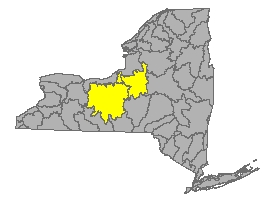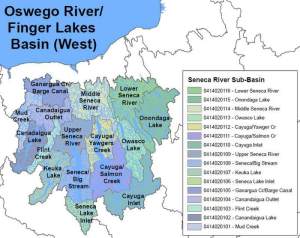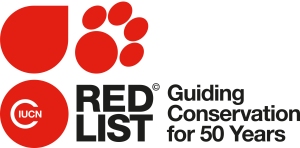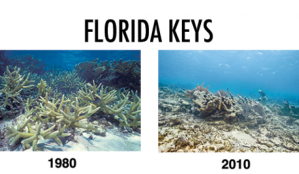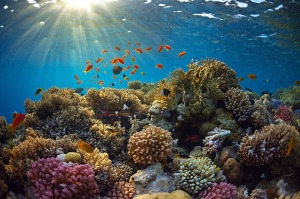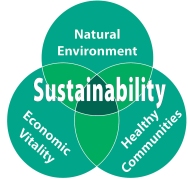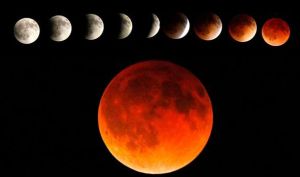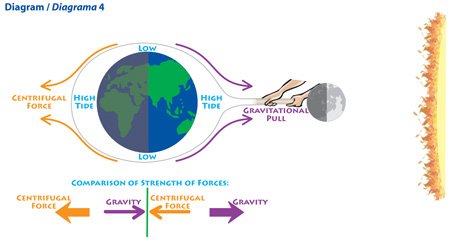
What is the COP21?
France will chair and host the 21st Conference of the Parties to the United Nations Framework Convention on Climate Change, from 30 November to 11 December 2015. The conference is critical because the expected outcome is a new international agreement on climate change, applicable to all, to keep global warming below 2°C.
Why 2°C?
According to the IPCC, Intergovernmental Panel on Climate Change, global warming of more than 2°C would have serious consequences, such as an increase in the number of extreme climate events. In Copenhagen in 2009, the countries stated their determination to limit global warming to 2°C between now and 2100. To reach this target, climate experts estimate that global greenhouse gas emissions need to be reduced by 40-70% by 2050 and that carbon neutrality (zero emissions) needs to be reached by the end of the century at the latest.
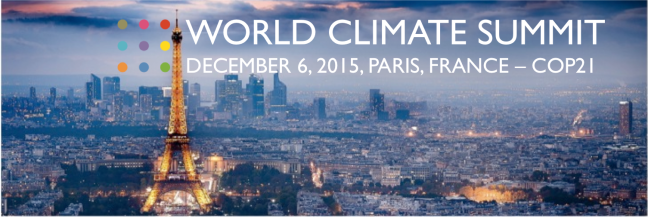
What you need to know:
The Paris Climate Conference this week may attempt to set ambitious, but meaningless goals to try and combat global warming. The Paris Conference has been going moderately slowly and smoothly. As if to emphasize just how optimistic world leaders are feeling, negotiators released a draft agreement on Thursday that actually puts forward a more ambitious goal for global warming than many had expected going into the conference.
The draft that was released established that the main goal is to maintain the increase of the global average temperature to well below 2 degrees Celsius. In these efforts recognizing that this would significantly reduce risks of and impacts of climate change.

The argument was the acknowledgement that some people will suffer more than others at 1.5 degrees of warming that doesn’t go so far as to set a new target. The real problem is it’s an empty gesture, serving as a reminder that when politicians aren’t on track to meet one of their climate goals, they will offer an even less realistic one.
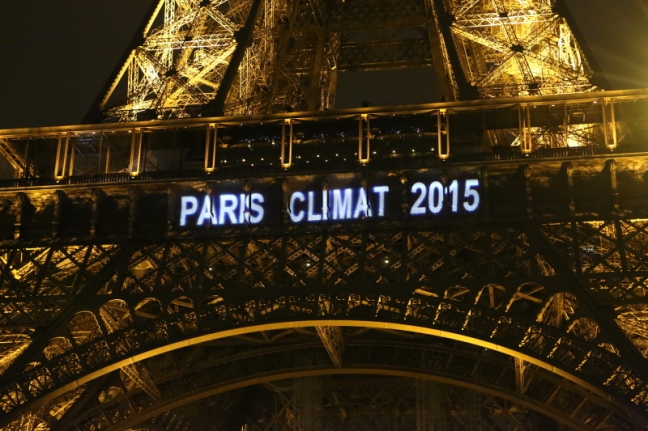
One of the most unexpected developments in Paris is the biggest polluters coming around to the idea of setting an even more ambitious target of 1.5 degree. Canada, Australia, European countries, China, and the United States have all spoken in favor of identifying the damage above 1.5 degrees. “We need a recognition of 1.5 in the agreement,” U.S. climate envoy Todd Stern said in a comment about the Paris Conference.

This debate is frustrating to think about because it reinforces all the doubt that’s surrounded global action on climate for decades. Countries find it easy to compromise on lofty goals, supported by a draft with many empty promises. Thursday’s text, for example, also says parties aim to reach peak greenhouse gas emissions “as soon as possible”. This provides no validation that this problem is going to be solved anytime soon. The outcome will determine and be observed later in our lifetimes whether the Paris deal is a major milestone in the fight against climate change, or a meaningless document full of little more than high-minded rhetoric.
For more information go to:
http://unfccc.int/meetings/paris_nov_2015/meeting/8926.php
http://www.cop21paris.org/about/cop21







